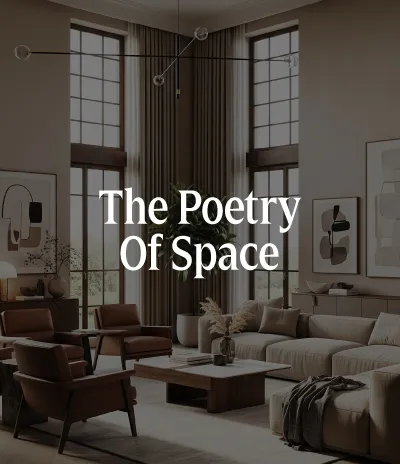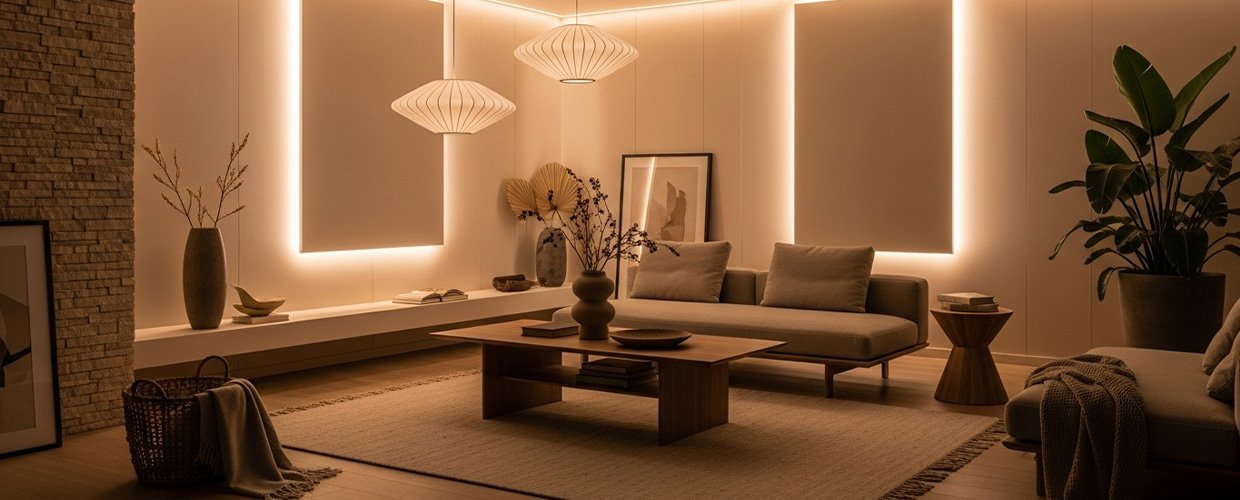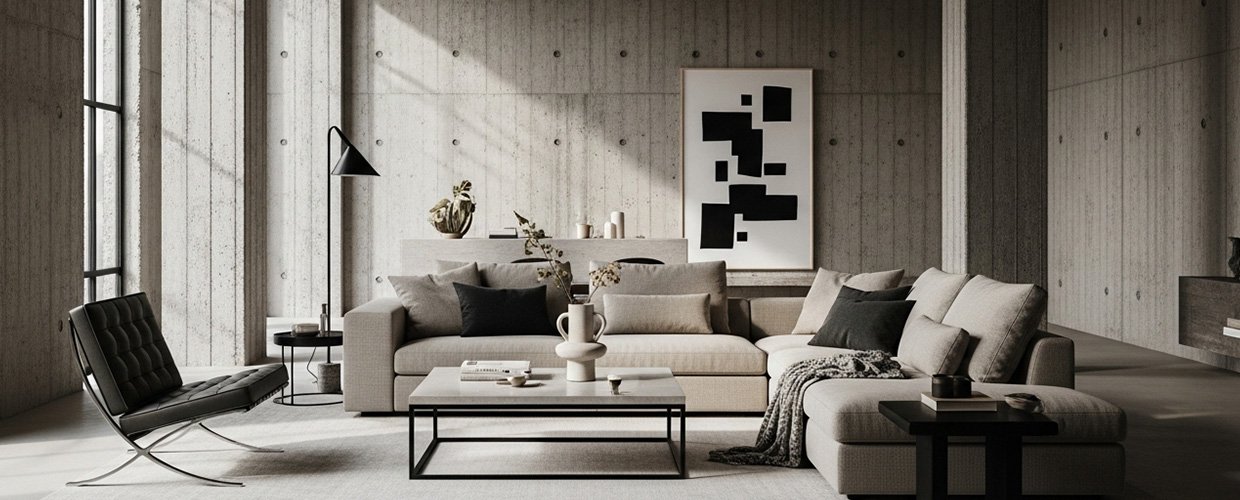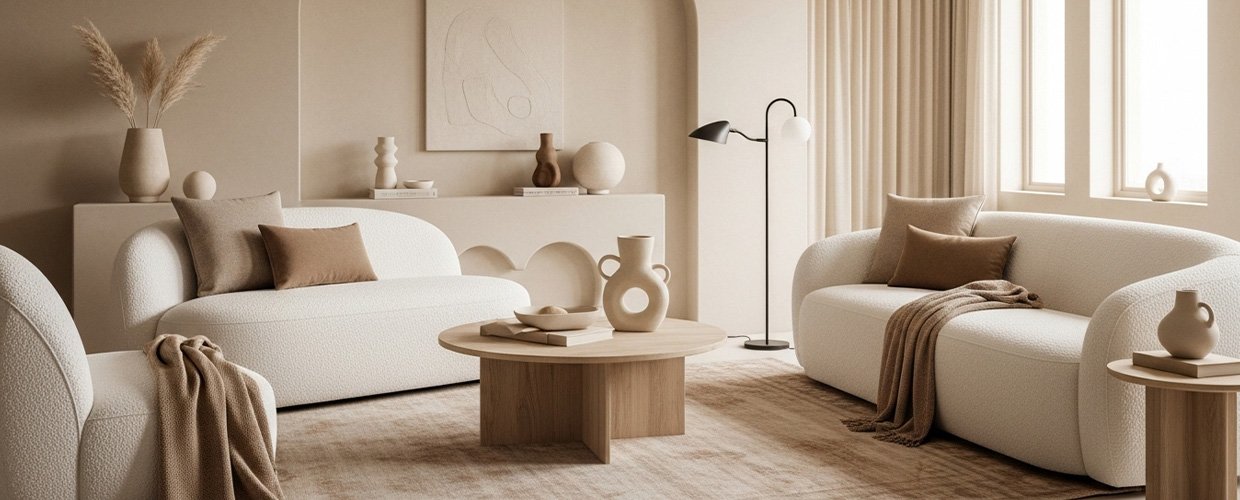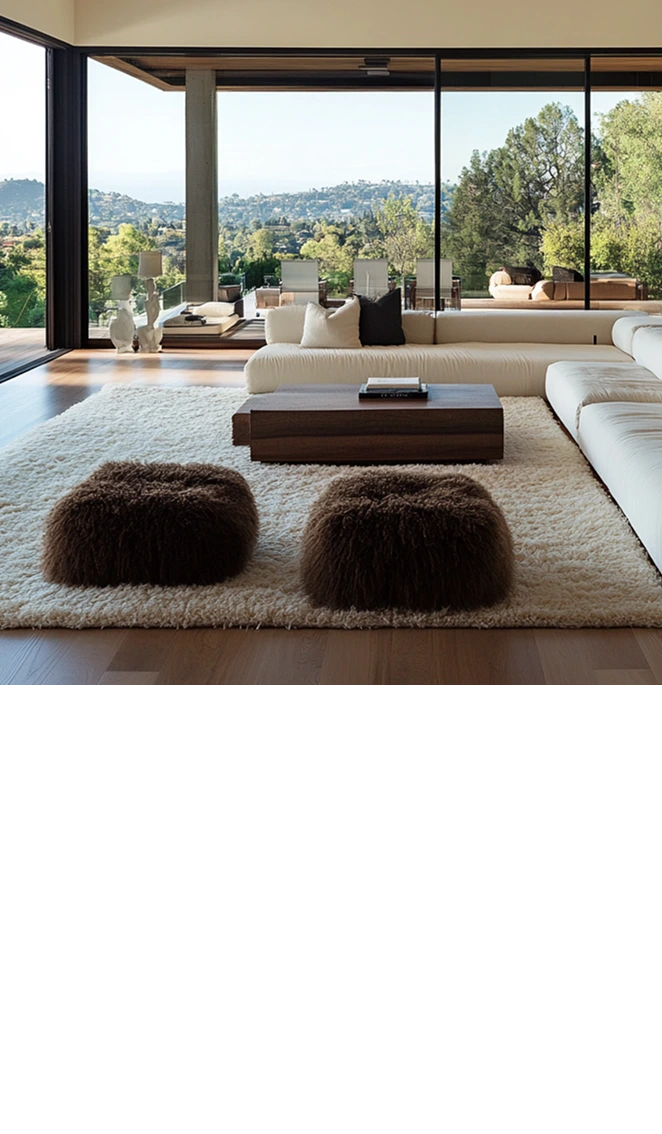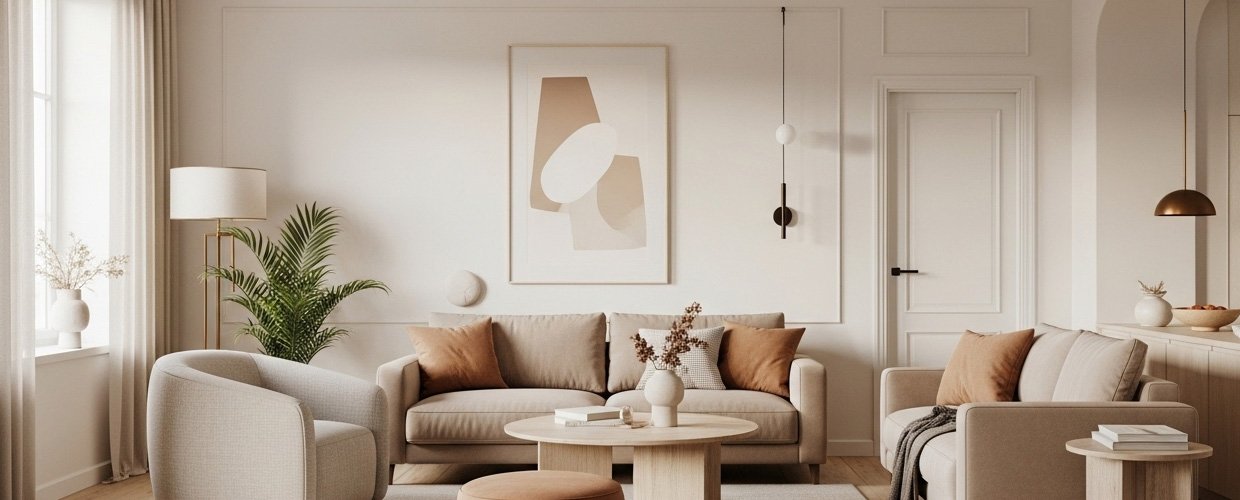
July 25, 2025
The Role of Minimalist Color Palettes in Interior Design
Minimalism in interior design has been a growing trend, characterized by simplicity, clean lines, and a monochromatic palette with color used as an accent. The role of minimalist color palettes in interior design is pivotal as it not only defines the aesthetic but also influences the mood and functionality of a space. In a world overwhelmed by clutter and chaos, minimalist color schemes offer a breath of fresh air, providing a serene and organized environment. This approach is increasingly popular among homeowners and designers who appreciate the beauty of simplicity and the power of understated elegance. Minimalist color palettes typically involve the use of neutral colors such as whites, grays, and beiges, which serve as a perfect backdrop for highlighting architectural features and furnishings. These colors create a sense of openness and calm, making spaces feel larger and more inviting. Moreover, minimalist color schemes are versatile and timeless, allowing for easy updates and changes without the need for a complete overhaul. The psychological impact of colors is well-documented, and minimalist palettes harness this by promoting relaxation and focus, essential in both residential and commercial spaces. The strategic use of color can also enhance natural light, further contributing to the airy and open feel that minimalism aims to achieve. As we delve deeper into the role of minimalist color palettes in interior design, we will explore how these palettes are applied across different spaces, the benefits they offer, and how they can be tailored to meet individual needs and preferences.
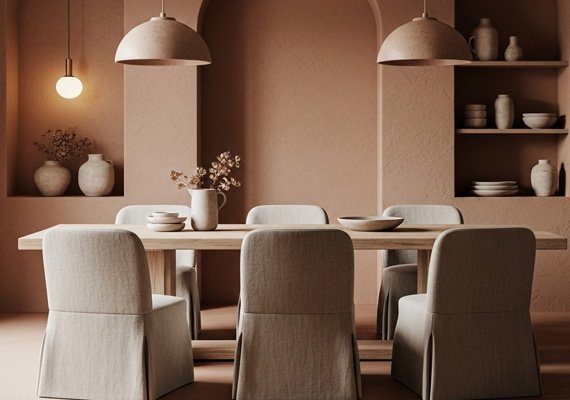
The application of minimalist color palettes in interior design is not merely about reducing the number of colors used but about creating harmony and balance within a space. This design approach relies heavily on the principle of ‘less is more,’ where the careful selection of a few colors can have a profound impact. For instance, using a monochromatic palette can unify a space, creating a cohesive look that is both sophisticated and tranquil. This can be particularly effective in open-plan living areas, where consistent color schemes can seamlessly connect different zones, such as the kitchen, dining, and living areas. In addition to aesthetics, minimalist color palettes can significantly affect the functionality of a space. Neutral tones can make rooms appear larger and more open, which is ideal for small apartments or homes with limited square footage. Furthermore, these palettes are incredibly adaptable, allowing for personal expression through textures, materials, and accent pieces. By incorporating different shades and tones within the same color family, designers can add depth and interest without overwhelming the senses. The versatility of minimalist color palettes also extends to their ability to complement various design styles, from contemporary to traditional. This adaptability makes them a popular choice for those looking to create a timeless interior that can evolve with changing trends and personal tastes. Ultimately, the role of minimalist color palettes in interior design is to create spaces that are not only visually pleasing but also comfortable and functional, enhancing the overall quality of life for those who inhabit them.
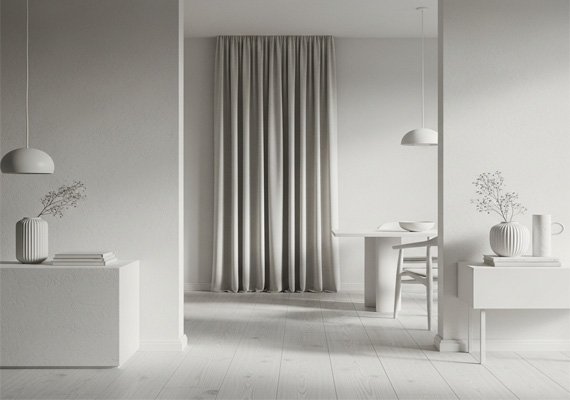
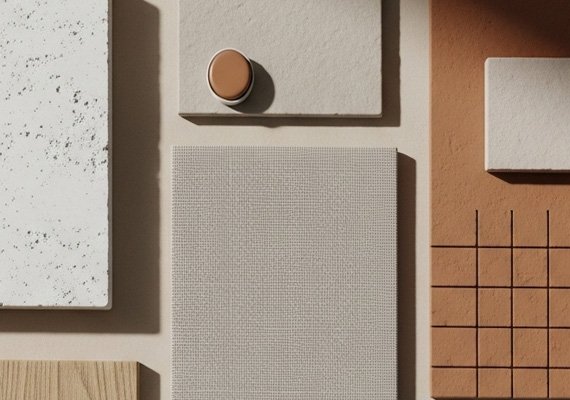
In conclusion, the role of minimalist color palettes in interior design is multifaceted, offering both aesthetic and functional benefits. These palettes provide a foundation for creating serene, cohesive, and versatile spaces that can adapt to various styles and preferences. By focusing on simplicity and harmony, minimalist color schemes can enhance the perception of space, improve natural light, and promote a sense of calm and order. They allow for personal expression through subtle variations in texture and materials, making them a timeless choice for any interior. As we continue to seek refuge from the chaos of modern life, minimalist color palettes offer a sanctuary of simplicity and elegance, making them an enduring trend in interior design. For those looking to embrace this approach, the key is to focus on quality over quantity, selecting colors and elements that truly resonate with the desired atmosphere and functionality of the space. Whether designing a home, office, or commercial area, minimalist color palettes provide a versatile and stylish solution that enhances both the form and function of any environment.
TRENDING NOW

